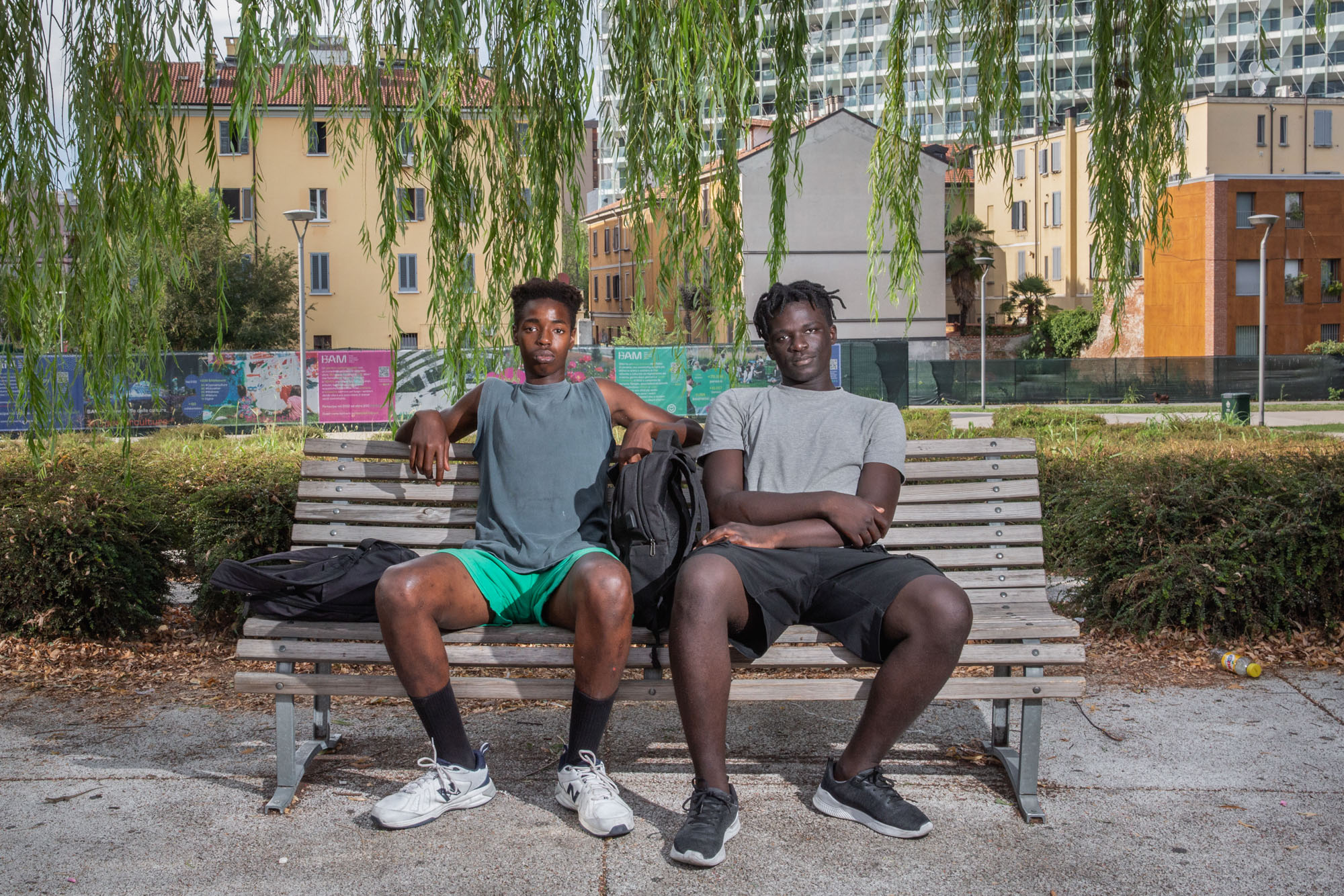Over the last 50 years, air conditioning has established itself as the most immediate, and most intensely advertized strategy to cope with extreme heat in different parts of the globe. From 1990 to 2016, global annual sales of this technological solution to combat uncomfortable temperatures more than tripled to reach 135 million units worldwide, with the bulk coming from the residential sector alone.
While our world is already heavily dependent on energy, in the next few decades, large parts of society will continue to adapt to rising temperatures by increasing the demand for cooling energy. According to the International Energy Agency (IEA), 10 new air conditioning units will be sold every second for the next 30 years, bringing the number of installed cooling units to 5.6 billion globally by 2050. Without drastic improvements in energy efficiency and in the use of low-carbon energy sources, the additional energy demand driven by space conditioning will make the efforts to reduce greenhouse gas emissions more difficult and costly.
At the rate air conditioning systems are being installed, this cooling solution bears the risk of causing another global crisis.
The cooling solution

“Imagine the 10 billion people living on our planet in 2050 using energy to mitigate climate impacts on health, labor productivity, agriculture and economic production” says Enrica De Cian, Professor at Ca’ Foscari University of Venice and research scientist at Fondazione CMCC. “This new gigantic challenge has just begun to draw attention in the scientific literature and the public debate, although not as much as needed. Today, we still do not quite know what the implications of piling up all these energy-intensive responses to heat across the planet will be”.
With her research project ENERGYA – Energy use for Adaptation, financed by the prestigious EU ERC Starting Grant, Prof. De Cian and her team succeeded in providing more knowledge around this new looming challenge, improving the understanding of how people use energy in relation to climate, socioeconomic conditions, and cultures across the world. They have depicted possible future scenarios for the use of air conditioning, energy demand, greenhouse gas emissions, and local air pollutants. They have examined societal implications and asked who will be left behind and why.
Results of this research were presented on May 19, 2023 in a scientific workshop taking place at Ca’ Foscari University of Venice with the participation of experts from climate science, epidemiology, economics, anthropology, architecture, and urban planning, who discussed how rising temperatures affect energy demand, human health, the environment, and our society as a whole, and then examined the types of heat adaptation solutions that are being deployed in various countries.
“As a researcher, I also soon realized that the scientific knowledge we were producing was too detached from the public,” adds De Cian. “We were pointing to the factors leading the world on a dangerous trend, but we were failing to push people to reconsider their lifestyles. That is when I fully embraced the idea of using visual arts to complement the propositional knowledge generated by ENERGYA”.
The photographic & Scientific exhibition “The Cooling Solution” realized in the context of the ENERGYA project will run from May 19 till July 31, 2023 at Cortile Grande Ca’ Foscari & CFZ in Venice and will be accessible free of charge. The Cooling Solution – photography by Gaia Squarci, curatorship by Kublaiklan, project coordination by Elementsix – combines scientific research, photography, and storytelling to study people’s lived experiences as they deal with thermal discomfort in Brazil, India, Indonesia, and Italy. By combining data with personal stories, the exhibition uses the communicative power of the visual arts to make academic knowledge accessible to the wider public.

Why has air conditioning become the leading cooling solution?
The prevalence of air conditioning across countries only imperfectly reflects the diversity in climatic conditions. In a paper dated 2021, Mazzone and Khosla ask to what extent air conditioning adoption and use is informed by our physiology and to what extent, instead, is it socially constructed? Why do we see much higher prevalence rates in the United States as opposed to countries in the Global South? The question is rather complex, as temperature and heat perception, the notion of thermal comfort, and therefore the use of air conditioning relate to dynamics that are all deeply entrenched in culture and society.
The United States and Japan lead with more than 90% of households equipped with air conditioning (AC). Cultural and climatic reasons have kept AC adoption low in Europe, and Europeans have been historically less inclined to install AC units as a cooling solution. In Mediterranean countries like Spain and Italy, less than half of households have an AC installed at home. Yet, this is now changing rapidly as urbanization and rising average temperatures will increase demand in these countries as well. The reduction in AC cost, along with policy incentives, will contribute to increasing the demand for AC.
In tropical countries, the adoption and actual use of ACs by households is essentially constrained by income. But the forecasted rise in the average economic conditions of hot tropical countries such as India, Indonesia, and Brazil, is expected to set the AC uptake on a doubling trend in the next couple of decades.
Not only has air conditioning triumphed as the predominant cooling strategy, but it has also displaced a myriad of other cooling and building practices based on principles that have widely been used throughout history, especially in hot countries. These principles include shading, building orientation, evaporative and passive cooling. Nevertheless, “AC […] changed the nature of civilization by making development possible in the tropics. Without air-conditioning you can work only in the cool early-morning hours or at dusk”, said Singapore’s prime minister Lee Kuan Yew, the man who transformed an island with few natural resources into one of the wealthiest nations in the world.
What will drive air conditioning adoption and use in the coming years? How will AC affect the environment and the changing climate? Who will remain vulnerable to the increasing heat? Combining research data and storytelling, “The Cooling Solution” replies to many questions linked to the challenges posed by air conditioning, including how we can keep cool without overheating the planet.

This article has been realised with extensive use of texts available at: www.thecoolingsolution.com
All photos are by Gaia Squarci.
“The Cooling Solution” project has been presented by its authors as part of the series of online events labelled Foresight Dialogues in which writers, artists, journalists, scientists, innovators and entrepreneurs discuss the role of communication, in its various forms, in accelerating the climate transition. The Foresight Dialogues series is organized in the context of the CMCC Climate Change Communication Award “Rebecca Ballestra” initiative.






